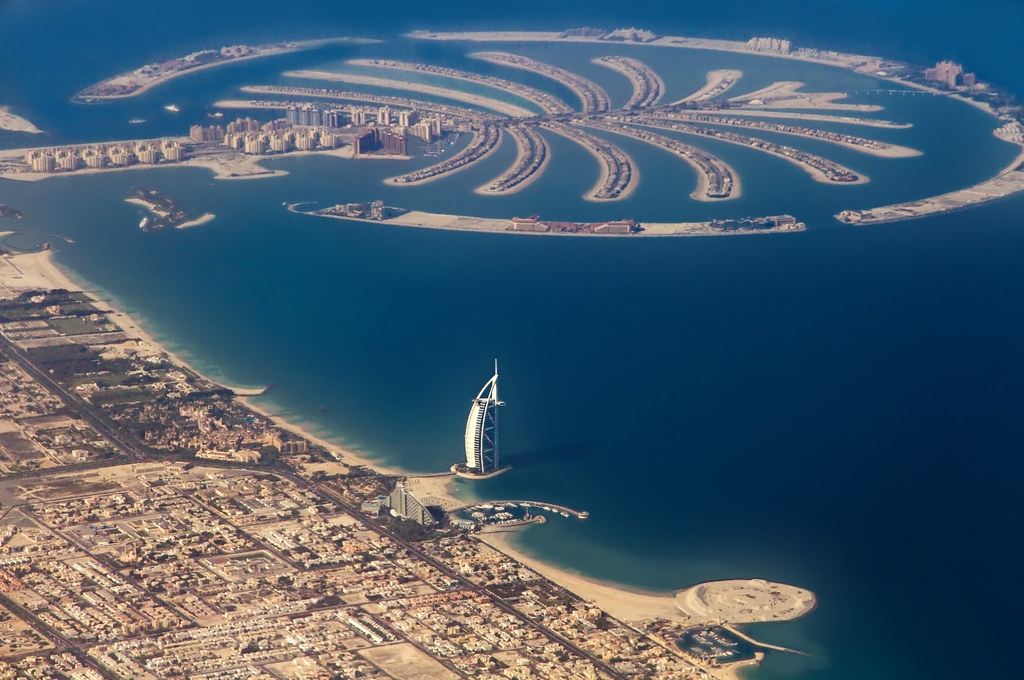According to the Space Sciences and Astronomy, the UAE will witness the summer solstice, the longest day of the year, from 21 June to 22 June. The longest day of the year will last up to 13 hours and 48 minutes. Usually Summer Solstice is experienced on 21 June, but this year it will occur on 20 June at 20:51 UTC for most of the countries. After 1796, it is the earliest summer solstice. However, the UAE will experience the longest day on 21 June. The country enters astronomical summer in the third week of June. This season begins with the summer solstice, when one pole of earth is tilted closest to the sun, because of which it is the longest day. During the summer solstice, the temperature during the day will range from 26 degrees Celsius to 29 degrees Celsius, while in some places the temperature will go up to 50 degrees Celsius.
An introduction to summer solstice
The summer solstice is also known as the estival solstice. It occurs when one pole of the earth is tilted closest to the sun. The event happens twice a year, one in the northern hemisphere and one in the southern hemisphere. Summer solstice refers to the day when a region experiences the longest period of daylight and shortest night of the year when the sun is positioned highest in the sky. During this time there is continuous daylight at the poles; the opposite event is called winter solstice.
In that hemisphere, the summer solstice happens during the summer. In the northern hemisphere, the summer solstice happens during June 20 or 21, and in the southern hemisphere, it occurs on December 21 or 22. Summer solstice is considered an important event in many cultures and is celebrated with festivals and rituals. In some regions, the summer solstice is considered midsummer, whereas in some places it is considered the start of the summer.
Is summer solstice the hottest day of the year?
The answer is no. The summer solstice is the longest day of the year but not the hottest. The summer solstice, which occurs in the Northern Hemisphere around 21 June, is the longest day of the year with the most daylight. However, the hottest day usually comes later in the summer after the summer solstice due to time required for the land and water to heat up. After the summer solstice, water and land continue to absorb heat from the sun and store it. It takes several weeks for this heat to gather and increase the temperature. And as a result, the hottest day occurs in the months of July and August after the summer solstice.






















